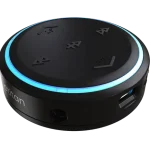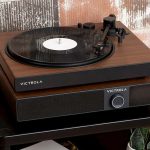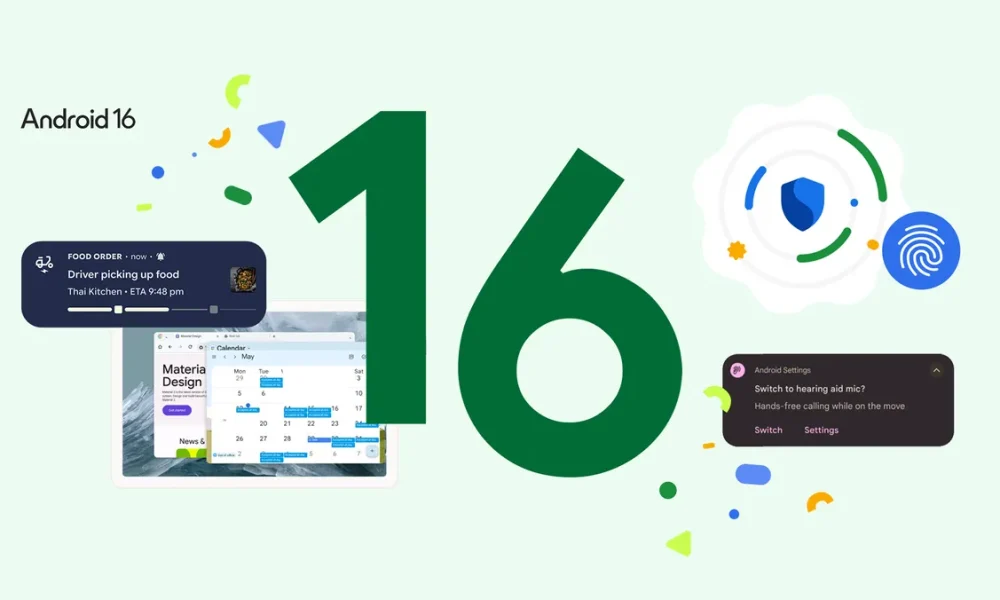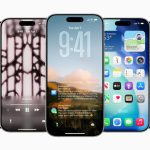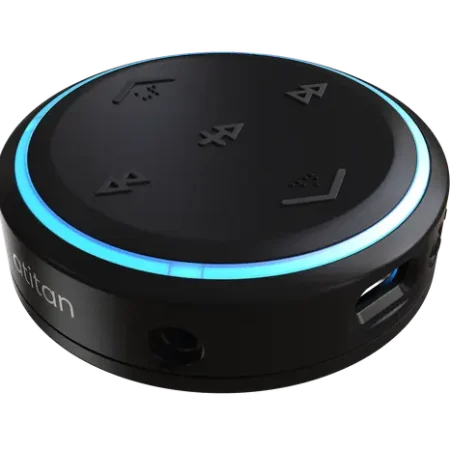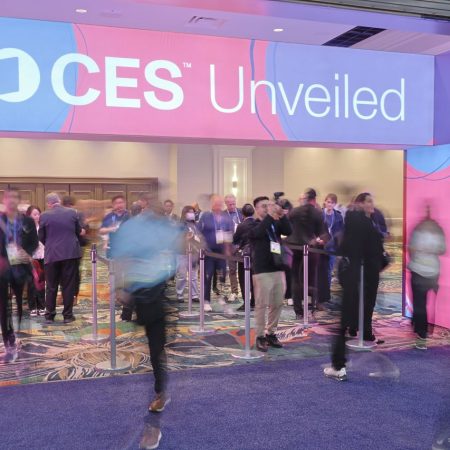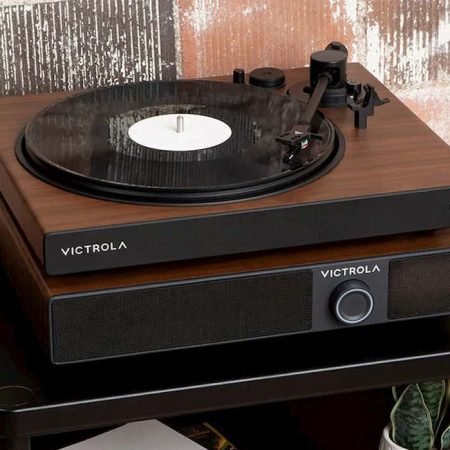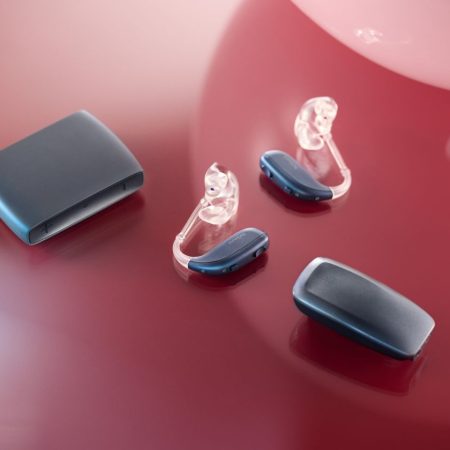Android 16 debuts in Pixel Drop with groundbreaking Auracast audio sharing
The latest iteration of Google’s mobile operating system, Android 16, has arrived with its initial release through the June 2025 Pixel Drop.
This update brings a host of new features, but what many have been waiting for, even if they don’t know it yet, is the standardisation of Auracast, the next-generation Bluetooth audio technology which will revolutionise how we share and experience sound.
What’s New in Android 16?
Android 16 builds on its predecessors with numerous improvements and refinements, including performance enhancements, security updates, and user interface tweaks. However, the incorporation of Auracast is of most interest to readers of Aurahear.co.uk.
Auracast: A Game Changer for Audio Sharing
A quick reminder: Auracast is a cutting-edge Bluetooth technology that enables one audio transmitter to broadcast to an unlimited number of nearby audio receivers, such as headphones, earbuds, hearing aids, and cochlear implants … if they have the right Bluetooth codecs installed inside.
We are working on a list of hearing aids on the market that have Auracast as standard, as not every manufacturer is currently including this feature: ask your audiologist if in doubt.
Auracast, which is part of the Bluetooth LE Audio standard, opens up a wide range of possibilities for communication, from public address systems in airports and theatres to personal audio sharing with friends and family, be it favourite tracks, or streaming sound from the television or a computer.
Some key benefits of Auracast include:
- Unlimited Audio Sharing: Broadcast audio to multiple listeners simultaneously.
- Enhanced Accessibility: Improve audio experiences for individuals with hearing impairments in public spaces.
- Personalised Audio: Tune into preferred audio channels in shared environments, such as silent discos or language translation services.
Pixel users get first access to Android 16 (well, almost)
As part of the Pixel Drop, owners of Google Pixel devices are the first to experience Android 16 and its Auracast capabilities.
Google says this rollout is part of its commitment to providing its users with the latest and most innovative technology.
However, beta users of Samsung’s OneUI 8 will have been able to try Android 16, just with the add-ons that Samsung provides.
Seang Chau, VP and GM of Android Platform, says that the launch of Android 16 is the earliest that a major release has been made in recent years.
“Android 16 lays the foundation for our new Material 3 Expressive design, with features that make Android more accessible and easy to use,” he says.
Hearing devices gain clearer, simpler calling
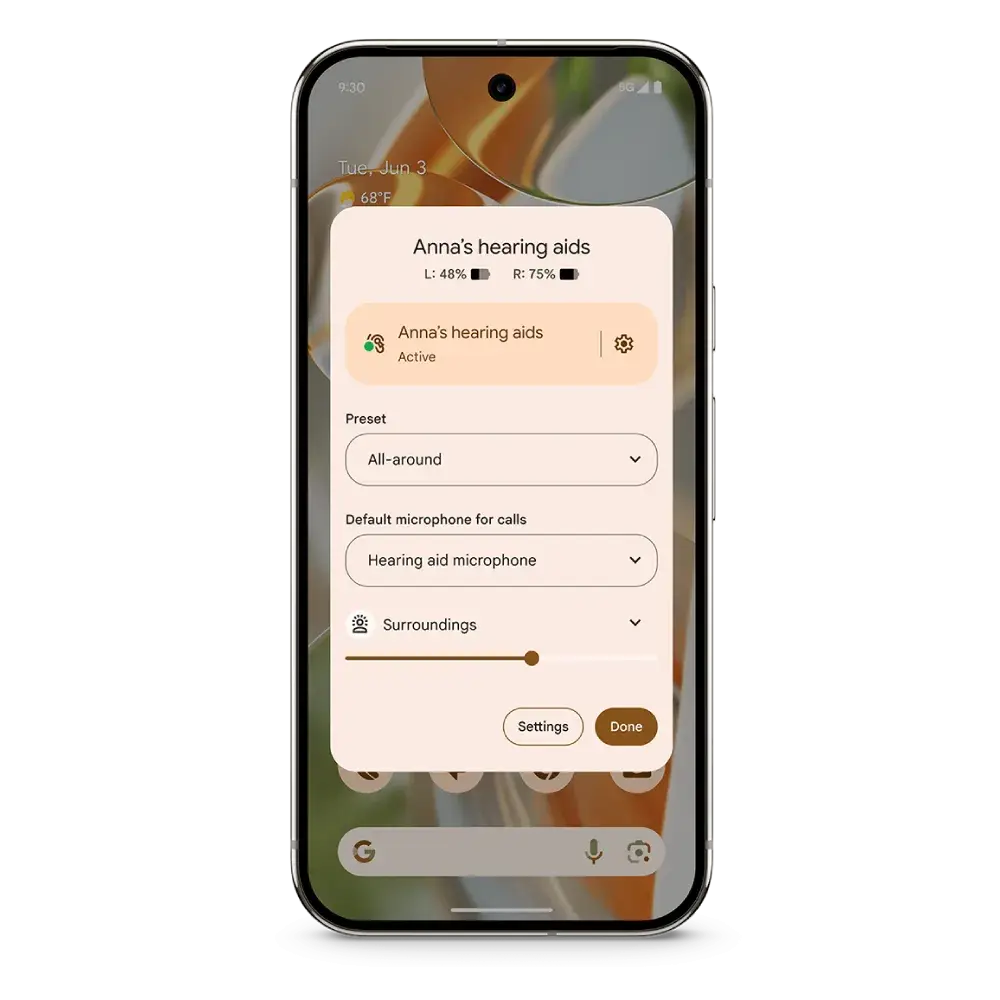
Android 16 promises upgrades to the experience for those who use hearing aids: something long overdue. While it has had ASHA pairing standard since 2018, hearing aid compatibility has lagged behind iPhone.
The promise of Bluetooth LE Audio and Auracast sees Android leap ahead of Apple, not least as the WWDC25 keynote announcement did not unveil any Auracast capabilities in iOS 26. We’re hoping this will change, but for now Apple is placing its bets on Made for iPhone and letting AirPods Pro 2 act as hearing aids.
Auracast features

Google says its new LE Audio features make it easier to take calls on the go, access hearing aid presets (see below) and change ambient volume.
Screenshots show that when a call is received it’s possible to specify whether the audio should go to the phone, its speakers, or to a hearing device such as hearing aids.
The Bluetooth LE Audio features in Android 16 requires Pixel 9 or newer, running Android 16+, and LE Audio hearing devices. And the receiving device must be within Bluetooth sharing distance.
Some features, such as ambient volume control, require hearing aid manufacturer support.
Switch from hearing aid microphones to the phone’s
Android 16 sees a change to the way in which its microphones work. Google says currently Bluetooth LE Audio hearing devices use their built-in front-facing mics for audio input. Those mics are designed to pick up the sound of the person you’re speaking to – not the sound of your voice. Now people can switch to using the phone’s microphone, which will make for clearer calls in noisy environments.
A new control panel for hearing aids
Android 16 will include a new control panel for hearing devices, which Google says will make it easier for people to control volume, change microphones, and switch between pre-programmed settings such as being in a noisy room, in a restaurant or watching television.
Pressing the cog symbol will allow quick access to the settings.
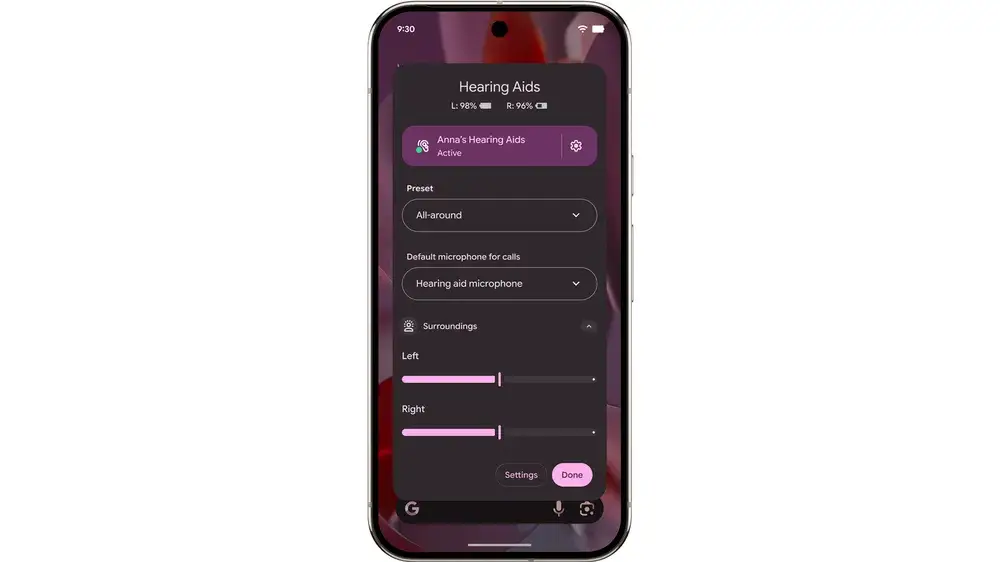
Expressive captions (subtitles)
Subtitles have been called Closed Captions over the pond, so while we have been pressing 888 on our Teletext remote controls, over friends on the other side have been looking for a CC logo.
It’s worth emphasising this so it’s not lost in translation: Android 16 introduces Expressive Captions … or Expressive Subtitles.
The aim is to help hearing impaired users understand the intensity, nuance and emotion conveyed through speech and now it can even capture elongated words (yessss!)
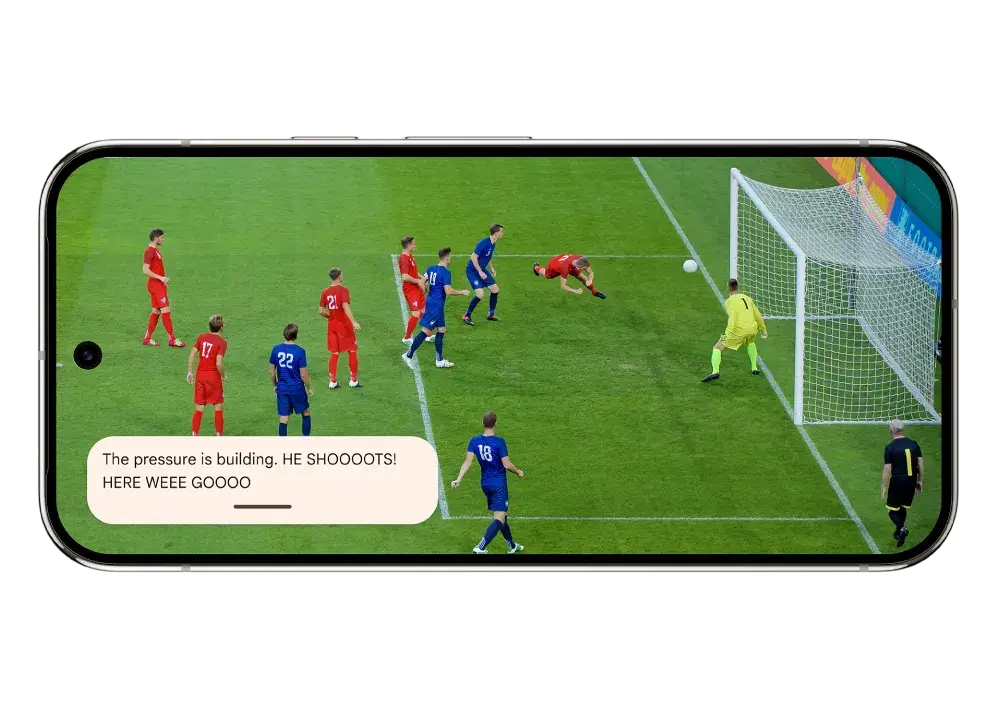
What else is in Android 16 besides Auracast?
Google says Android 16 has a wealth of new features designed to make life easier for people.
Highlights include:
- Real-time updates on food delivery apps, which will end the need to open the app to check. Notifications will be added to alerts, including Samsung’s Now Bar and One Plus Live Alerts.
- Notifications from a single app will be grouped into one message card, making the phone neater and prevent information overload
- Advanced Protection boosts security, reducing potential for online attacks, downloading harmful apps, taking scam calls or visiting unsafe websites. Seang Chau says: “Whether you’re a public figure or you just prioritize security, Advanced Protection gives you greater peace of mind that you’re protected against the most sophisticated attacks.”
- Desktop windows are coming to phones, foldables and tablets. It’s based on Samsung’s DeX and allows people to arrange their screen the way they want it. It will rollout later this year to compatible devices.
- Also coming this year will be customised keyboard shortcuts to create hotkeys.
- Updates to Google Photos include AI-powered suggestions for enhancing pictures, and a Question Mark icon in the Camera app that will show, visually, what each mode does along with how-to instructions.
The Future of Audio
The inclusion of Auracast as a standard feature in Android 16 signals a major shift in the audio landscape. As more devices adopt this technology, we can expect to see exciting new applications and experiences that redefine how we listen and share sound.


